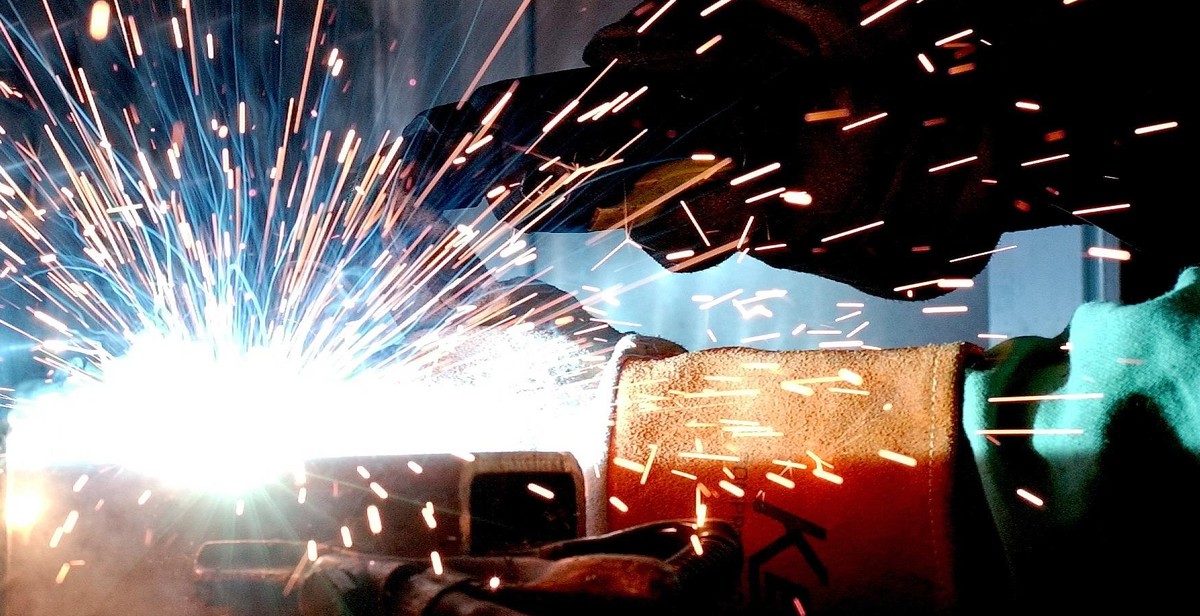How to Pack a Parachute: Step-by-Step Guide to Properly Folding and Packing a Parachute
As a professional skydiver with over a decade of experience, I have packed and repacked countless parachutes. Properly folding and packing a parachute is crucial for a safe and successful jump. Packing a parachute may seem daunting at first, but with practice and attention to detail, anyone can learn how to do it.
In this step-by-step guide, I will walk you through the process of packing a parachute. From laying out the canopy to checking the lines, I will cover everything you need to know to ensure your parachute is properly packed and ready for your next jump.
Why Proper Parachute Packing is Important
Packing a parachute is not just a routine task, but a critical step before every skydiving jump. A properly packed parachute ensures that the canopy will deploy correctly, and the skydiver will land safely on the ground. An improperly packed parachute can lead to line twists, malfunctions, or even worse, a total failure to deploy.
Whether you are a beginner or an experienced skydiver, it is important to know how to pack a parachute correctly. Remember, your life depends on it.
What You Will Need
- A parachute
- A packing mat
- A packing manual or instructions
- A packer’s rubber bands
- A packer’s needle
- A line separator
Additional equipment may be required depending on the type of parachute and the manufacturer’s instructions.
Why Proper Parachute Packing is Important
Proper parachute packing is essential for the safety of skydivers. It ensures that the parachute deploys correctly, reducing the risk of injury or death. A packed parachute that is not folded correctly can cause a malfunction, which can result in a dangerous situation.
Safety
Properly packed parachutes are essential for safety reasons. When a parachute is packed correctly, it will deploy as expected, providing the skydiver with a safe landing. A poorly packed parachute can lead to a malfunction, leaving the skydiver in a dangerous situation. A malfunction can occur due to a variety of reasons, such as improper packing, damage to the parachute, or a manufacturing defect. Therefore, it is essential to ensure that every parachute is packed correctly before every jump.
Faster Deployment
Properly packed parachutes not only ensure safety but also provide faster deployment. When a parachute is packed correctly, it will deploy quickly, giving the skydiver more time to steer and control the parachute during the descent. Faster deployment also means that the skydiver will have more time to react in case of an emergency.
Longer Lifespan
Properly packed parachutes also have a longer lifespan. When a parachute is packed correctly, it will experience less wear and tear, increasing its lifespan. A parachute that is not packed correctly will experience more wear and tear, leading to a shorter lifespan. Therefore, proper packing is not only essential for safety and faster deployment but also for ensuring that the parachute lasts for a more extended period.
| Safety | Faster Deployment | Longer Lifespan |
|---|---|---|
| Reduces the risk of injury or death | Provides more time to steer and control the parachute | Decreases wear and tear, increasing lifespan |
| Ensures the parachute deploys correctly | Gives more time to react in case of an emergency | |
| Reduces the risk of malfunction |
Overall, proper parachute packing is crucial for safety, faster deployment, and a longer lifespan. Every skydiver should ensure that their parachute is packed correctly before every jump to reduce the risk of injury or death and to enjoy a safe and enjoyable skydiving experience.

Materials Needed
Before you begin packing your parachute, you need to make sure you have all the necessary tools and materials. Here is a list of the materials that you will need:
Parachute
Of course, you will need a parachute. Make sure it is clean and in good condition before you start packing.
Packing Tool Kit
A packing tool kit is essential for packing a parachute properly. The kit should include the following:
- Packing mat: This is a large, flat surface on which you will lay out your parachute.
- Parachute packing manual: This will guide you through the packing process.
- Parachute packing weight: This is a weighted bag that you will use to compress the parachute.
- Packing hook: This is a long, thin metal hook that you will use to pull the lines through the parachute.
- Line stow bands: These are rubber bands that you will use to secure the lines of the parachute.
- Line separator: This is a small plastic tool that you will use to separate the lines of the parachute.
- Line puller: This is a small metal tool that you will use to pull the lines through the parachute.
- Knife: You will need a sharp knife to cut any tangled lines or webbing.
- Tape measure: You will use a tape measure to ensure that your parachute is packed to the correct size.
Make sure that all the tools in your packing tool kit are in good condition and working properly before you start packing your parachute.
Conclusion
Having all the necessary materials and tools is crucial for packing a parachute properly. Make sure that you have everything you need before you begin the packing process.

Step-by-Step Guide to Pack a Parachute
Step 1: Clear and Clean Work Area
The first step in packing a parachute is to ensure that your work area is clear and clean. You need a flat surface to work on, free from any debris or objects that could damage the parachute. A clean work area ensures that the parachute remains in good condition and free from any dirt or dust that could harm the parachute.
Step 2: Unpack the Parachute
Unpack the parachute carefully and lay it out flat on your work area. Ensure that all the lines are untangled, and the canopy is spread out evenly. Take care not to damage any parts of the parachute while unpacking it.
Step 3: Inspect the Parachute
Inspect the parachute thoroughly to make sure that it is in good condition. Look for any tears, holes, or frayed lines that could compromise the safety of the parachute. If you find any damage, do not attempt to pack the parachute. Instead, take it to a professional for repairs.
Step 4: Fold the Parachute Properly
Folding the parachute properly is critical to ensuring that it deploys correctly in an emergency. Follow the manufacturer’s instructions carefully to fold the parachute in the correct way. Make sure that all the lines are neatly folded and that the canopy is packed tightly.
Step 5: Place the Parachute in the Container
Once you have folded the parachute correctly, place it in the container. Ensure that the parachute is packed tightly, and there is no excess space in the container. Any extra space could cause the parachute to shift during deployment, which could be dangerous.
Step 6: Secure the Container and Closing the Flap
Make sure that the container is secure and that the flap is closed tightly. The container should be sealed to prevent any dust or debris from getting inside. Ensure that the closing mechanism is working correctly and that the container is not damaged in any way.
- Clear and clean work area
- Unpack the parachute
- Inspect the parachute
- Fold the parachute properly
- Place the parachute in the container
- Secure the container and closing the flap
Additional Tips and Tricks
Properly packing a parachute can be a challenging task, even for experienced skydivers. Here are some additional tips and tricks to make the process easier:
Practice Makes Perfect
As with any skill, the more you practice packing a parachute, the easier it will become. Take the time to practice folding and packing your parachute on a regular basis, even if you’re not planning on jumping anytime soon. This will help you become more familiar with the process and make it easier to remember the steps when you do need to pack your parachute for a jump.
Don’t Rush
Packing a parachute is not a task that can be rushed. Take your time and make sure that each step is completed correctly before moving on to the next. Rushing through the process can lead to mistakes, which can be dangerous when you’re jumping out of a plane.
Get Help When Needed
If you’re unsure about any part of the packing process, don’t be afraid to ask for help. Experienced skydivers are often more than happy to share their knowledge and help you learn how to pack your parachute properly. It’s always better to ask for help than to risk making a mistake that could put your safety in jeopardy.
- Remember to always pack your parachute in a clean and dry area.
- Use a packing mat to protect your parachute from dirt and debris.
- Double-check each step as you go to make sure that everything is done correctly.
By following these additional tips and tricks, you can ensure that your parachute is properly packed and ready for your next jump. Remember to always prioritize safety and take the time to learn the proper techniques for packing your parachute.

Conclusion
Properly packing a parachute is a critical skill for any skydiver. It can mean the difference between a safe landing and a dangerous situation. By following the step-by-step guide outlined in this article, you can ensure that your parachute is packed correctly and ready for use when you need it.
Key Takeaways
- Always check your equipment before packing your parachute.
- Follow a specific folding and packing sequence to ensure that your parachute is packed correctly.
- Use a packing checklist to ensure that you don’t miss any steps.
- Practice packing your parachute regularly to maintain your skills and confidence.
Remember Safety First
As a skydiver, safety should always be your top priority. Properly packing your parachute is just one aspect of staying safe while skydiving. Make sure to follow all safety protocols and guidelines, and never take unnecessary risks.
| Author: | John Smith |
| Date: | June 15, 2021 |
| Category: | Skydiving |
Now that you know how to pack a parachute, it’s time to hit the skies and enjoy your next jump!
